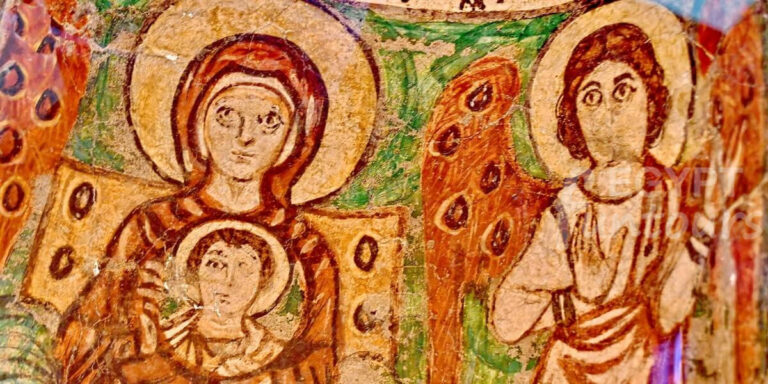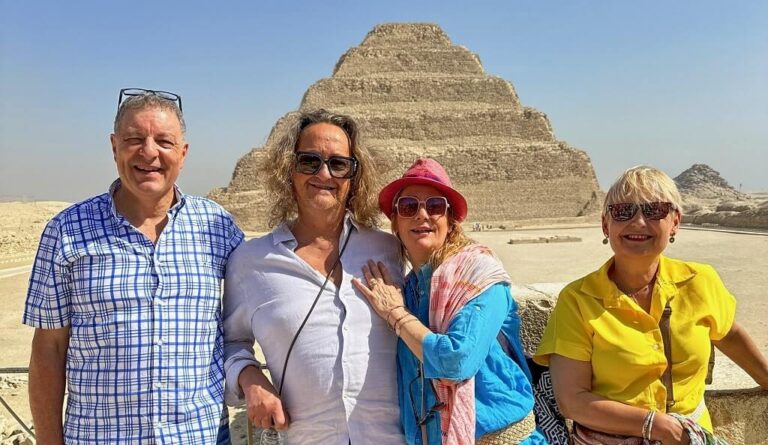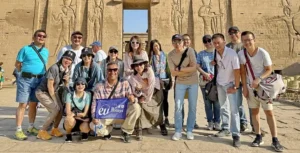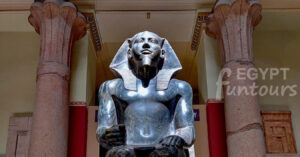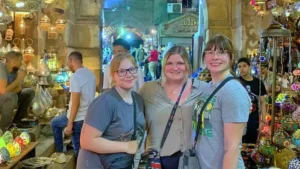Tombs of the Nobles in Aswan
The Tombs of the Nobles at Aswan are a lesser-known attraction. They are not part of the typical Egypt tour itineraries. However, many travelers visit them. This is because it is an important site and very fun to visit.
Nestled within the picturesque city of Upper Egypt are the Tombs of the Nobles in Aswan. This is an extraordinary collection of ancient burial sites. They offer a captivating glimpse into the lives and customs of the elite during Egypt’s golden era. With their intricate carvings, vibrant colors, and rich historical significance, these tombs serve as a vital link to the royal courts and noble families of Pharaonic Egypt.
Historical Context
Dating back over four millennia, the Tombs of the Nobles were constructed throughout the Old, Middle, and New Kingdoms. Aswan, strategically located at the southernmost point of the country, played a crucial role. It was a hub for trade and cultural exchange between Nubia and Egypt. Here, amidst the serene beauty of the Nile River’s banks, the nobles of Aswan chose to lay their loved ones to rest.
Architectural Marvels
The Tombs of the Nobles show a fascinating blend of Egyptian and Nubian architectural styles. This reflects the cultural and artistic exchange that occurred in this region. The intricate decorations on the walls and ceilings are a testament to the sublime craftsmanship of the artisans who created them.
The tombs feature exquisitely carved reliefs, hieroglyphic inscriptions, and vibrant frescoes. These depict scenes from daily life, religious rituals, and the journey to the afterlife. The remarkably preserved colors still retain their original brilliance. This provides an immersive experience that transports visitors back to ancient times.
Revealing Stories:
Each tomb in Aswan tells a unique story, unveiling the personal lives, beliefs, and aspirations of the nobles who inhabited them. From the tomb of Harkhuf, a renowned 6th dynasty explorer who brought unique treasures from mysterious lands to the tomb of Sarenput II, a powerful governor of Elephantine Island, the stories etched on the walls narrate tales of ambition, loyalty, and the pursuit of eternal existence in the afterlife.
One exceptional tomb is that of Mekhu, an architect during the reign of Amenhotep III. His tomb provides valuable insights into the construction techniques and engineering marvels of the time, showcasing how the Egyptians harnessed their architectural prowess to build astonishing structures that have withstood the test of time. The tombs also shed light on religious ceremonies and the beliefs surrounding the journey of the soul after death.
Preservation and Exploration:
Efforts to conserve and protect these remarkable tombs have been ongoing for years. Archaeologists, historians, and conservation experts work tirelessly to preserve the fragile artwork and maintain the structural integrity of these burial sites.
Visitors can explore some of the tombs that have been opened to the public, marveling at the grandeur of the chambers and the intricate details of the artwork. The experience offers a profound connection with the past, allowing us to appreciate the immense skill and creativity of ancient Egyptian craftsmen.
Tourism and Educational Significance:
The Tombs of the Nobles at Aswan attract tourists and history enthusiasts from around the globe.
Beyond their aesthetic appeal, these tombs have significant educational value. They serve as gateways to understanding the complexities of ancient Egyptian society. They offer insights into the role of elites, the religious practices of the time, and the belief in an afterlife. This enhances our understanding of ancient civilizations.
The exploration of these tombs supports not only preservation efforts but also the local economy. It brings tourism revenue to Aswan and creates jobs for surrounding communities. Promoting sustainable tourism ensures the continued protection and appreciation of this irreplaceable heritage.
The Tombs of the Nobles at Aswan stand as witnesses to the captivating history of ancient Egypt. They attest to the grandeur and aspirations of the nobility who once resided there. Through their architectural beauty and the stories they embody, these tombs provide an exceptional window into a bygone era. They shed light on the rich treasures and remarkable achievements of a civilization that continues to captivate and inspire. By preserving and exploring these tombs, we honor the remarkable legacy they represent. We ensure their secrets are shared with generations to come.


